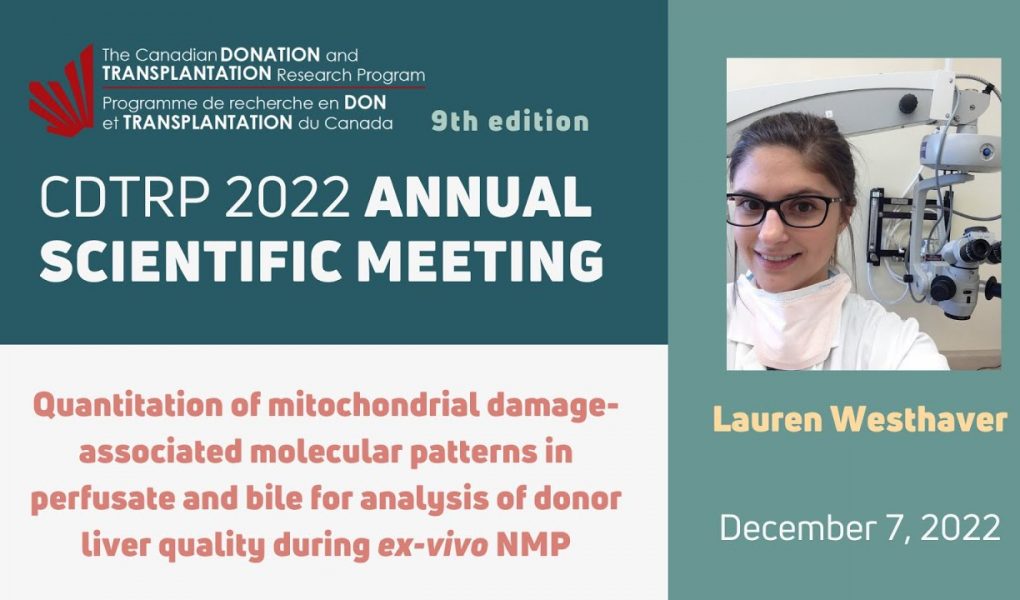Quantitation of mitochondrial damage-associated molecular patterns in perfusate and bile for analysis of donor liver quality during ex-vivo NMP
Abstract
Background: Tissue damage during liver transplantation (LT) results in expulsion of mitochondrial damage-associated molecular patterns (mitoDAMPs), including mitochondrial DNA (mtDNA), into the extracellular space. High mtDNA levels positively correlate with negative clinical outcomes, and mtDNA is emerging as a predictive biomarker for a variety of disease processes. Normothermic machine perfusion (NMP) has emerged as an attractive alternative to traditional static cold storage (SCS), yet there remains an unmet need for an agile and universal marker of graft function during NMP. We hypothesized that mtDNA could be quantitated in perfusate and bile collected during ex vivo NMP of donor livers prior to transplant and would correlate with other metrics of graft quality.
Methods: DNA was isolated from perfusate (n=29) and bile (n=18) collected from donor livers undergoing NMP. MtDNA levels were measured via quantitative polymerase chain reaction (qPCR) using primers specific to mtDNA gene targets (COXI, CytB, ND1, ND6) and standard curves generated by commercially available synthetic oligonucleotides of primer-specific amplicons.
Results: MtDNA can be quantitated in both perfusate and bile samples collected during NMP. MtDNA quantitation via qPCR with an amplicon-specific standard curve accurately reproduced values measured by droplet digital PCR (ddPCR). Concentration of mtDNA in perfusate was positively correlated with warm ischemia time (COXI, p=0.042; CytB, p=0.041) and donor lactate (CytB, p=0.012; ND1, p=0.040). Donor international normalized ratio (INR) showed significant positive association with mtDNA in both perfusate (CytB, p=0.003; ND1, p=0.048) and bile (CytB, p=0.048; ND1, p=0.049; ND6, p=0.032).
Conclusions: Here, we demonstrate the feasibility and reproducibility of mtDNA quantitation in both perfusate and bile via qPCR and show association with clinical parameters. We anticipate that mtDNA will serve as a stable and inexpensive marker for liver function during NMP, which may inform the expected course of disease and illuminate opportunities for precision medicine in patients undergoing LT.
source


